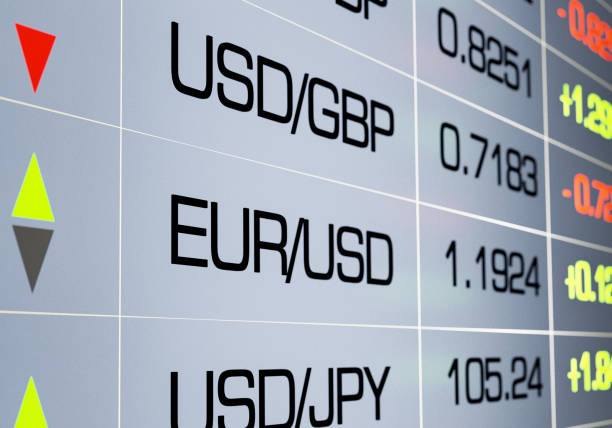The Euro started a new week with falls against the United States Dollar, retracing some of Friday’s strong rebound, as economic data from Eurozone economies continue to disappoint. Monday has already seen the release of many Purchasing Managers Index numbers, from Europe and elsewhere. These closely-watched indicators offer a timely steer on economic direction. Europe’s latest have been generally shaky, with Germany’s manufacturing release perhaps the most concerning. The headline figure there has been below the key 50 level separating expansion from contraction since July last year and the most recent release, for June, was sadly no exception. The PMI limped in at 40.6, its weakest for three years, with firms reporting deeper production cuts as demand continues to decline. France’s PMI was a little better than forecast, but still deep in contraction territory. The Eurozone faces still-higher interest rates as the European Central Bank fights to bring inflation under control. Indeed, the ECB’s President, Christine Lagarde last month came as close as central bankers ever come to guaranteeing that borrowing costs will go up again in July.

That Being So, European Manufacturers Likely Have More.
bad news to come as tighter monetary policy is bound to sap demand yet further, indeed that’s its primary aim. China’s manufacturing sector continues to expand, but the rate at which it’s doing so has slowed notably. Focus will now turn to the US, where the Institute for Supply Management’s PMI is due later in the session. It’s also expected to show ongoing contraction. It’s worth noting however that Monday will see a shortened United States trading session ahead of the Independence Day Holiday on Tuesday, and that the market faced thinner trading conditions than usual. EUR/USD has broken through the sharp daily-chart uptrend which until last week had supported its fightback from the lows of early June. That fightback seems to be fizzling out well below May’s 13-month peak of 1.10998 and the bulls have work to do if they’re to get it back on track. Still, their cause is not yet lost as the market remains quite elevated by recent standards and still sits will above support at even the first Fibonacci retracement of the impressive rise up from last September’s lows to those May highs. That now offers a prop at 1.07307. On Monday EUR/USD slipped through psychological support at 1.09 and, while holiday-thinned trading may mean that this ground is made back later in the week, resistance at last Tuesday’s intraday peak of 1.09758, perhaps at least, will need to be recaptured if the market is going to push back up to the highs of this year. IG’s own sentiment data finds market feeling toward the pair mixed at present. On a fundamental level this is perhaps unsurprising given that the prospect of higher rates should probably be supportive, even as the underlying economic conditions requiring them are not. At the moment there’s a modest preference for net-short positions, mirroring the market action seen since the euro broke its downtrend but declined to fall much further. The uncommitted may be wise to wait until this major US holiday is out of the way for a clearer picture of near-term sentiment toward the single currency.

